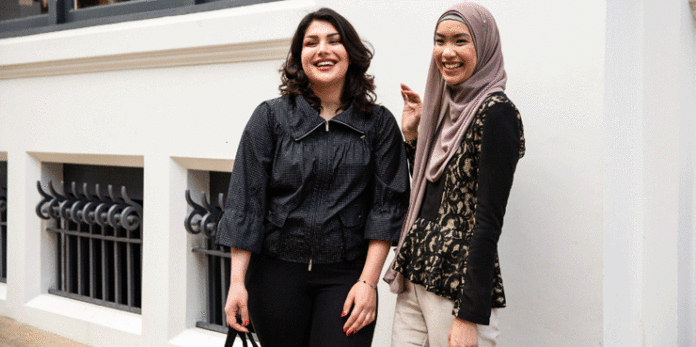The Hispanic segment has seen its purchasing power soar over the span of a decade. During 2020 alone, rising incomes and the growth in the size of the Hispanic population in the U.S. contributed to 1.9 trillion in buying power, higher than both the Black and Asian segments, according to a Collage Group report.
Minorities are not the only ones with a massive buying power. Women also play a huge part in retail spending and control 85% of consumer purchases in the U.S. Globally, women control over $31.8 trillion in spending.
The purchasing power of women and minorities has the potential to change the trajectory of any product, brand or service. Retailers that genuinely appeal to, represent and understand these segments stand to benefit significantly, both ethically and financially.
Dos Mundos Creative solidifies this statement with its report “The Untapped Economic and Cultural ROI of Intentional Inclusivity.”
Brands Aren’t Targeting the Right Consumers
Dos Mundos Creative is a Brand Consultancy and Creative Studio, helping clients achieve growth by finding new ways for them to be relevant and connect with consumers. Through interactions with their clients and helping them to reach a wider audience, Dos Mundos realized that many brands are missing the opportunity to market to women and minorities.
“We noticed with our clients across the board that because of the pandemic, everyone was moving quickly to adjust and there was a lot of duct tape work put in place to fix this immediate need. During that process, the data collected hasn’t been implemented in a way that reflects today’s consumers. Brands are trying to compete by creating more content, but a lot of campaigns are not representing the right people,” Kana LiVolsi, CEO of Dos Mundos Creative, says.
In order to fully capitalize on the buying power of these groups, Dos Mundos’ report found that businesses must take a two-pronged approach — focusing on marginalized groups not just as consumers, but as producers of revenue. The best way to tap into the buying power of marginalized demographics is to start speaking to them, rather than at them. Diversifying your marketing teams as well as targeting consumer personas is a great place to start.
Single Women Take the Lead
Single women, across age groups, are an increasingly more influential consumer segment, according to Dos Mundos’ report. Investing in female consumers also has a longer lifetime return-rate as, on average, American women outlive men by about 5 years.
Today, older married women are increasingly inheriting the future of financial decision-making long after leaving the workforce and shaking things up. Within a year of their spouse’s death, 70% of women shift their business to a new financial institution, making wealthy older women a major potential demographic, especially for financial services brands.
Be Authentic With Your Marketing
As brands incorporate strategies that cater to women and minorities’ unique needs and preferences, it’s important to take note not to “social wash” your marketing campaigns. Targeting these groups should be a year-long commitment, not just a one-time project.
“In today’s dynamic market, brands that ‘social-wash’ their diversity and inclusion efforts aren’t just missing an opportunity to be human, they are hurting their bottom-line. Inclusivity isn’t just about doing the right thing. If done intentionally, it’s a competitive advantage,” LiVolsi notes. “Overlooking the influence of women and minorities sidelines a vast reservoir of untapped revenue. The success of today’s brands, more than ever, hinges on their ability to hear, understand, and authentically resonate with these consumers that control much of today’s buying power.”
With a rapidly changing economy, retailers must continue to change up their marketing strategies and target shoppers who will actually bring the money in. And right now, that’s women and minorities.
“Inclusion isn’t just a marketing tactic – it’s a smart revenue move. We saw that with ‘sheconomy’ at the forefront this summer, with Barbie, Beyonce and Taylor Swift leading the pack. Women are getting their moment,” LiVolsi says.




